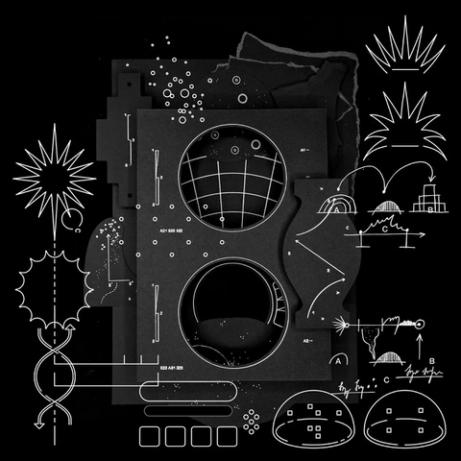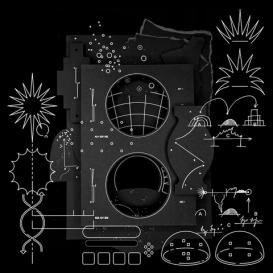From 2020 to 2022, the Anthropocene Working Group (AWG) is coordinating a series of geological investigations to identify key anthropogenic signatures for the onset of a new human-led epoch: the Anthropocene. As the group assesses the material evidence for a globally synchronous and lasting impact of human activities on physical, chemical, and biological conditions within the Earth system, it reconnects the debate on the Anthropocene to its actual chronostratigraphic meaning. Through the identification and dating of the stratigraphic boundary—the so-called Global Boundary Stratotype Section and Point (GSSP) or “golden spike”—the group will pragmatically consider a formal beginning of the Anthropocene, placing this new human-made epoch at the current end of the 4.5 billion-year-old geologic timescale.
The proposed anthropogenic markers are varied and multiple. They include novel materials, such as plastics, black carbon from combustion processes, organic pollutants, biotic signals such as neobiota or changing pollen types, and above all geochemical traces of all kinds, including carbon and nitrogen isotopes and radiogenic substances. Across the board, these markers signal profound changes in the geologic record, particularly around the mid-twentieth century, revealing for instance global alterations of geochemical cycles of matter, species migrations and species extinction, and the sudden emergence of artificial radionuclides resulting from atmospheric nuclear weapons testing.
The Anthropogenic Markers project accompanies this process with the aim to understand the historical and epistemological dynamics that led to the appearance and accumulation of the varied Anthropocene markers. It seeks to historically contextualize the material residues and global impacts, asking: What are the social, economic, and technoscientific drivers behind the dramatic material and sociometabolic changes in the mid-twentieth century? What is the best method to analyze and describe the historical conditions, contingencies, and frictions under which Anthropocene deposits have been formed? And what do these reveal about specific historical path dependencies during the transition into the Anthropocene? As such, the project goes beyond classical science histories by contributing to a comprehensive interdisciplinary investigation of the coevolutionary nature of history and geohistory that brings together geology and Earth system science, historical epistemology, the study of the technosphere, and artistic research practices in a format of close collaboration.
The project represents one element in an ongoing cooperation between the AWG, the Haus der Kulturen der Welt, and the MPIWG. It aims to publish a set of thematic dossiers composed of individual and collaborative essays, videos, interviews, and artistic contributions on the joint international web platform anthropocene-curriculum.org and feeding into a series of events at the HKW in 2022 devoted to the interdisciplinary work on the Anthropocene GSSP.

Anthropogenic Markers visualization by Protey Temen, 2021 (work in progress), http://proteytemen.com/

